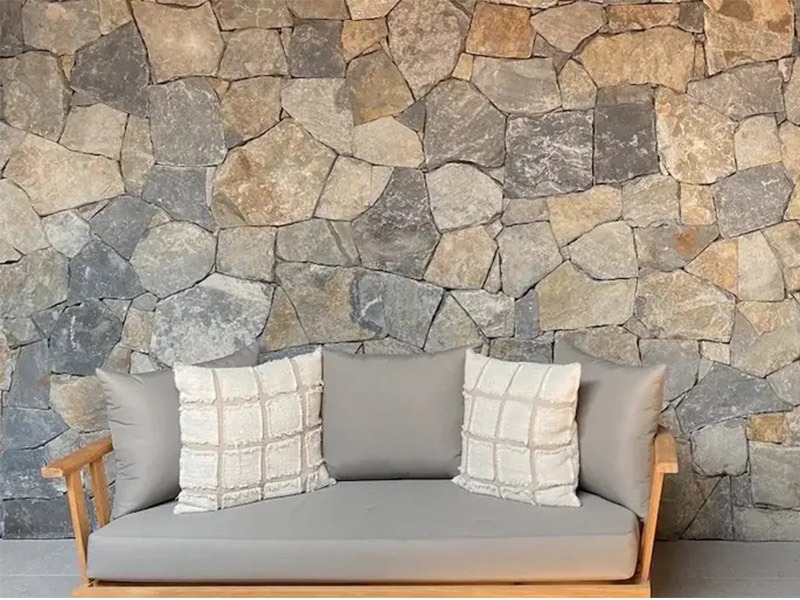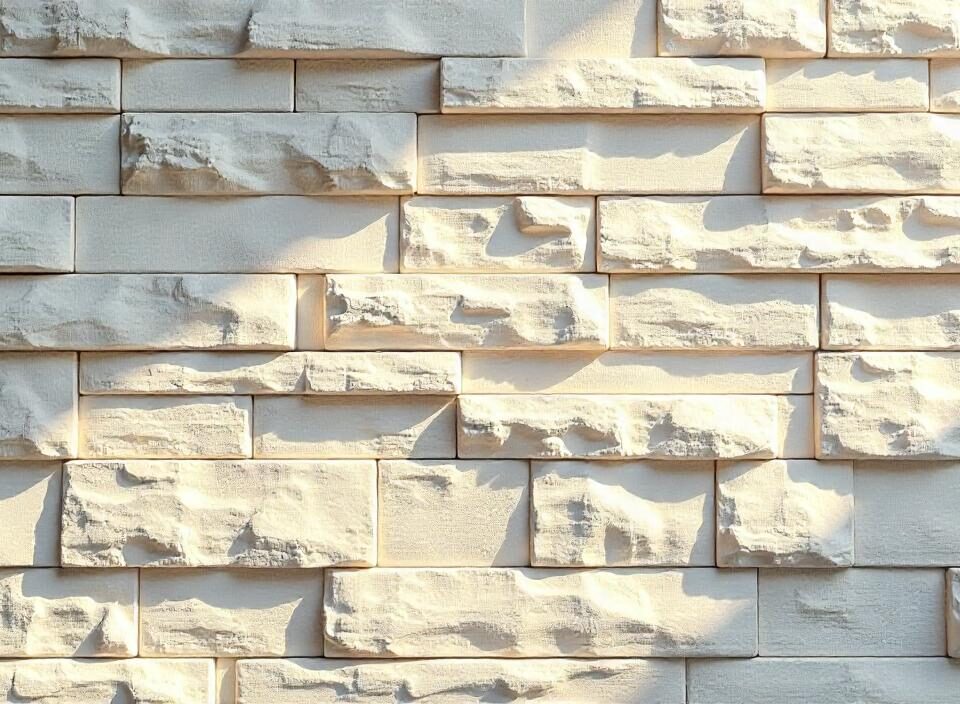Why Interior Wall Cladding is a Smart Choice for Modern Homes
Interior wall cladding is currently among the most sought after modern and architectural designs elements that have been praised for improving the performance of indoor environments as well as their visual appeal. Stone wall Cladding in Udaipur means placing a particular layer on top of the walls that are constructively a part of a given building. This practice gives a completed appearance and has other advantages: thermal insulation, soundproofing, and protection from mechanical stress.

This paper seeks to discuss the different types of interior wall cladding that are available in the market today.
There are various types of interior wall cladding materials available, each with its unique characteristics and applications:
Wood Cladding: Huge timber paneling for a more traditionally rustic feel, with added texture and warmth to the typical room. But, wood will look good with grain and easy for painting but it needs constant maintenance to avoid warping, fading and insects.
Stone Cladding: Treatment of facades with stone items or using granite, marble, or slate is another effective method of increasing the resistance of interiors. Is perfect for accent walls, over fireplaces or as a kitchen backsplash. Some of the most common forms of natural stone are durable and low maintenance, but could be more costly, and may require heavy structural reinforcement.
Brick Cladding: Brick provides wide possibilities and creates a rather warm and industrial atmosphere in the house. It is common in contemporary architecture and interior design to create an industrial and natural look. Brick application is quite logical at the moment since it is a very practical material that does not need much attention.
Vinyl Cladding: That piece of evidence makes sure that vinyl is quite popular though cheap. What’s more, it is available in many colors and sheens, and looks like wood or stone, but does not require the maintenance of the two. Vinyl is waterproof and is easy to clean so it is appropriate for hard wearing regions.
Metal Cladding: Aluminum or steel cladding, modern designs, have become more and more familiar as a contemporary trend in architecture. It has a very modern look and is extremely long lasting. Metal may also be used as panels or sheets and is sometimes selected for fire resistiveness.
Gypsum Board (Drywall): In a relative sense it does not qualify as cladding but can give interior walls a smooth finish and is usually painted or covered with wallpapers. It is lightweight and easy to install and it may be fitted with electrical wiring or insulation as may suit the intended use.
Advantages of Internal Wall Decoration
Aesthetic Appeal: Undoubtedly, one of the strongest qualities of wall cladding is its potential to change the appearance of a particular area. Irrespective of their desired style, that is, rustic, modern, or minimal Clients have the best option of cladding at their disposal.
Durability: Both stone and metal are some of the cladding materials that can endure some of the everyday challenges that their users have to face. They preserve the base walls from potential harm such as moisture exposure, impact, and other ordinary abuses.
Insulation and Soundproofing: Wall cladding can improve a room’s temperature retention and provide good energy efficiency. Speaking of specific materials, some are designed to be sound-absorbing, thus would be perfect for those people who need privacy in their room, for example a home office.
Easy Maintenance: Most cladding materials can be bought because they require little maintenance to be done on them. For instance, vinyl and metal can be scrubb-ed with soap and water while stone and brick does not even need washing to look neat.
Increased Property Value: Proper interior wall finishes add value to a house. The potential buyers like the extra look and protection therefore consider it valuable.
Installation Considerations
Hence it is very important that while selecting interior wall cladding it has to be installed in the right manner to maximize its benefits. Therefore, it should be possible to employ professional cladding contractors who comprehend the various kinds of cladding materials. Particularly, one has to take into account the weight of the materials where stone and brick are in use because the underlying construction has to withstand this load.
Conclusion
The use of interior wall cladding as a design feature can greatly improve the appeal of the areas and their usability. This is because, in a given project, may it be in a residential house, office space or commercial establishment, materials that suit the taste and the functionality that one desires can easily be acquired. If you are planning your interior design or renovation and would like to add the comfort of wood, the elegance of stone or the sleek look of metal then wall cladding is the ideal solution.
They are there for the individual who is planning to upgrade their indoor looks, The Stone Evolution has a rich variety of elegant stones that can complete the looks in a home and at the same time are strong to withstand the pressure of daily usage.

